www.annaarchibald.com
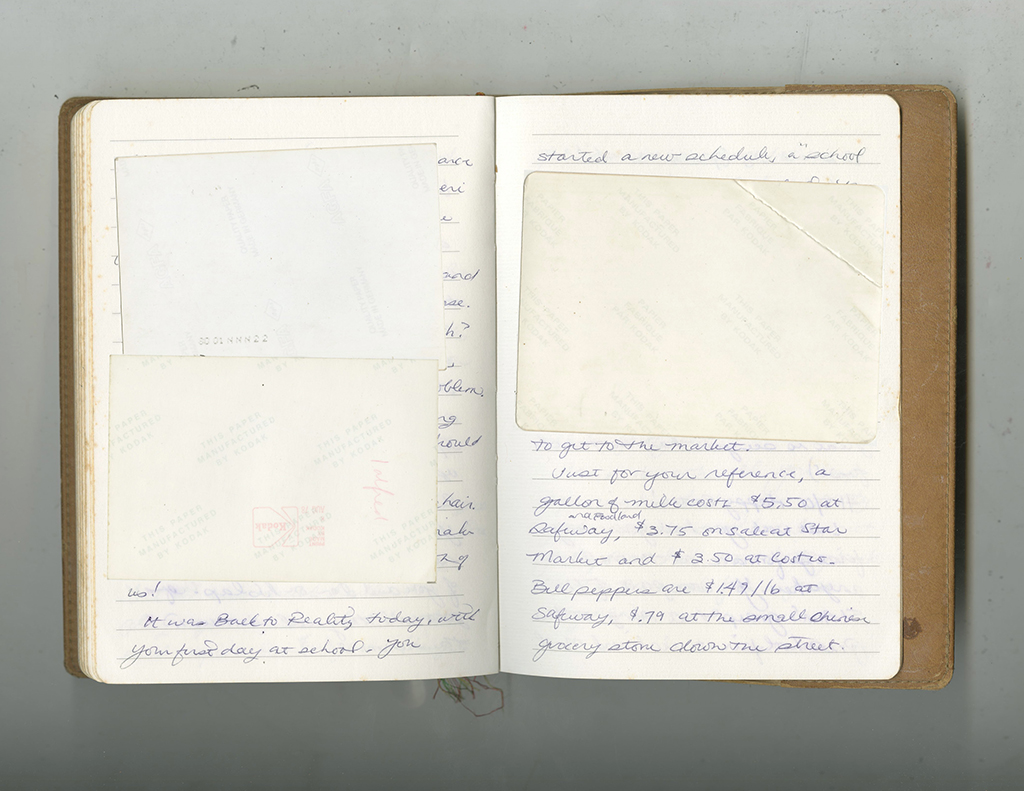
this isn’t my grandmother’s house, but it might as well be (page 12 of 22)
my mother’s journal, original poetry, found photographs
2018
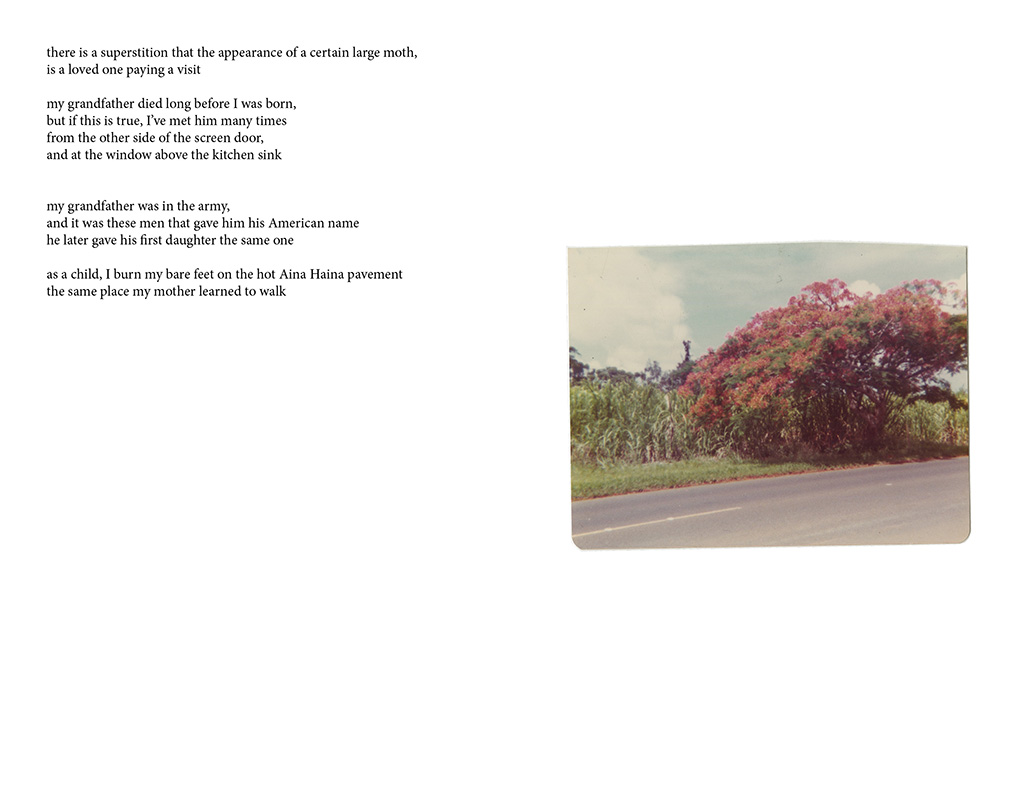
this isn’t my grandmother’s house, but it might as well be (page 7 of 22)
my mother’s journal, original poetry, found photographs
2018
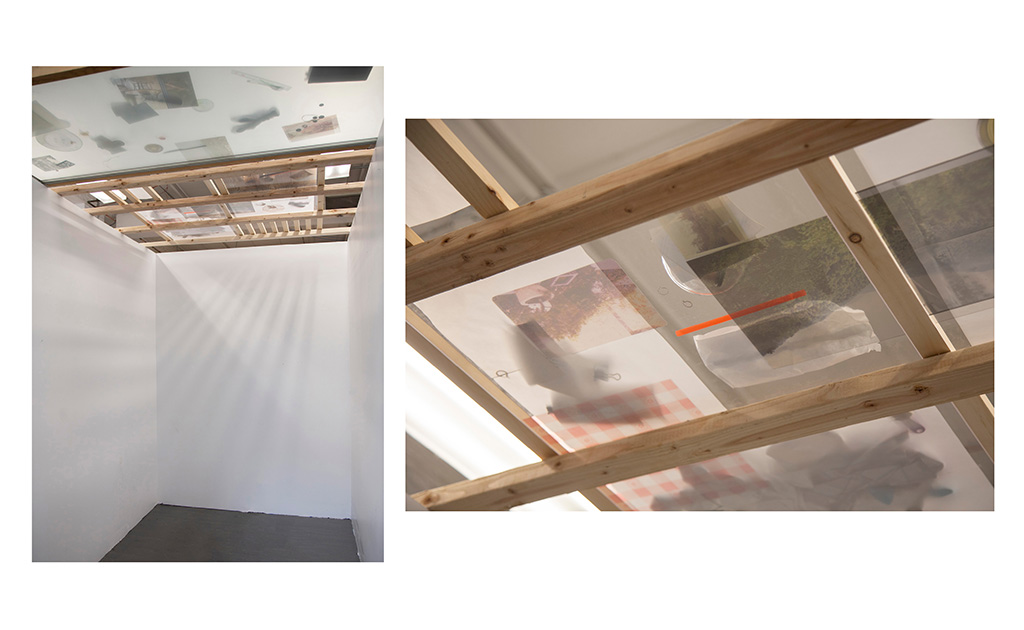
Some of The Windows Are Clear (installation view and detail)
glass, wood, plexiglass, inkjet prints on transparencies, found photographs, vellum, office supplies, green tea, asahi tallboy, clean laundry, broken chain, bobby pins, chopsticks, loose change, orange peel, house keys, champagne cork, tape,
2019

Some of The Windows Are Clear (installation view and detail)
glass, wood, plexiglass, inkjet prints on transparencies, found photographs, vellum, office supplies, green tea, asahi tallboy, clean laundry, broken chain, bobby pins, chopsticks, loose change, orange peel, house keys, champagne cork, tape,
2019
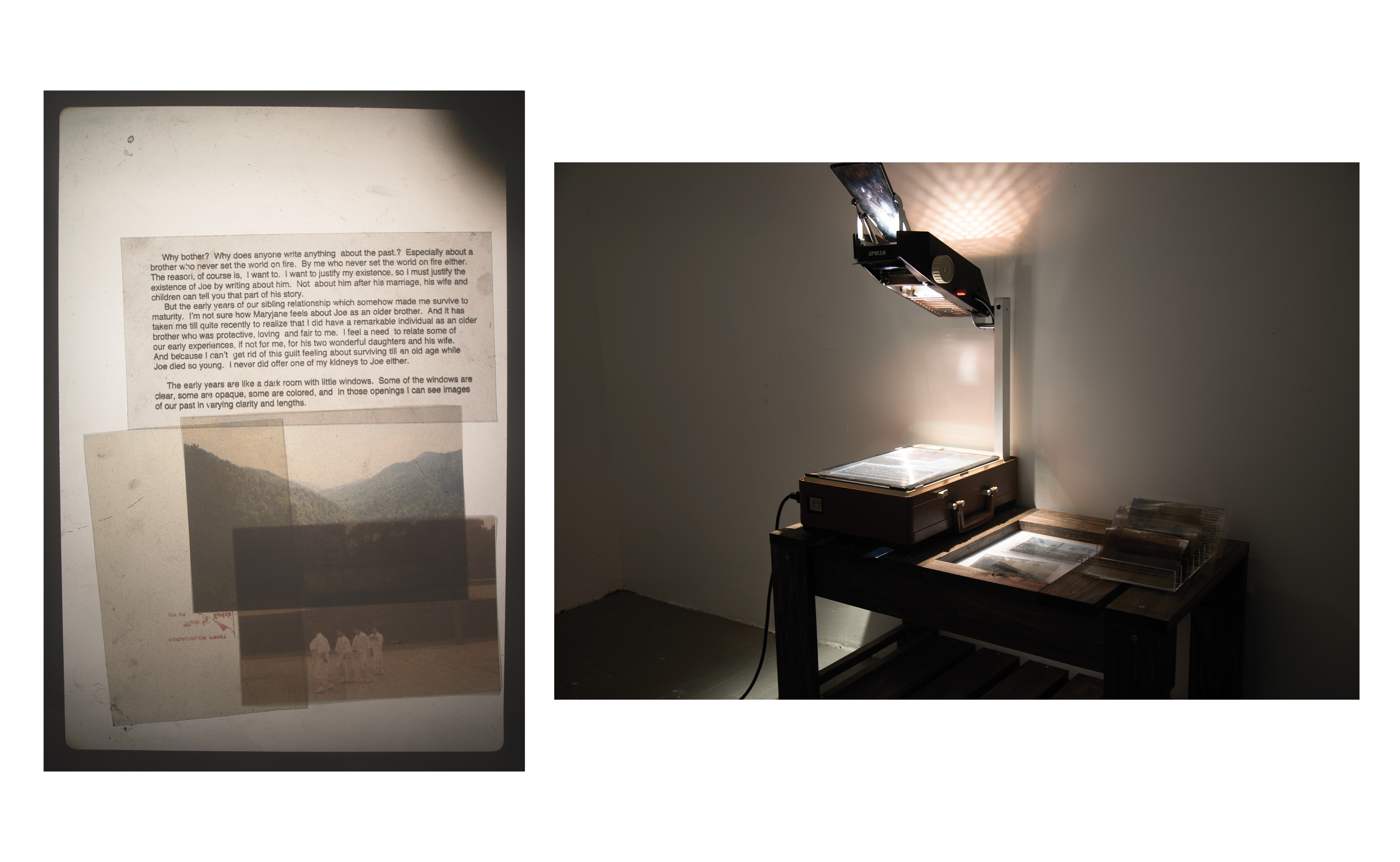
Night Fishing (after The Book of Joe)
(interactive sculpture) overhead projector, custom table, transparencies
2019
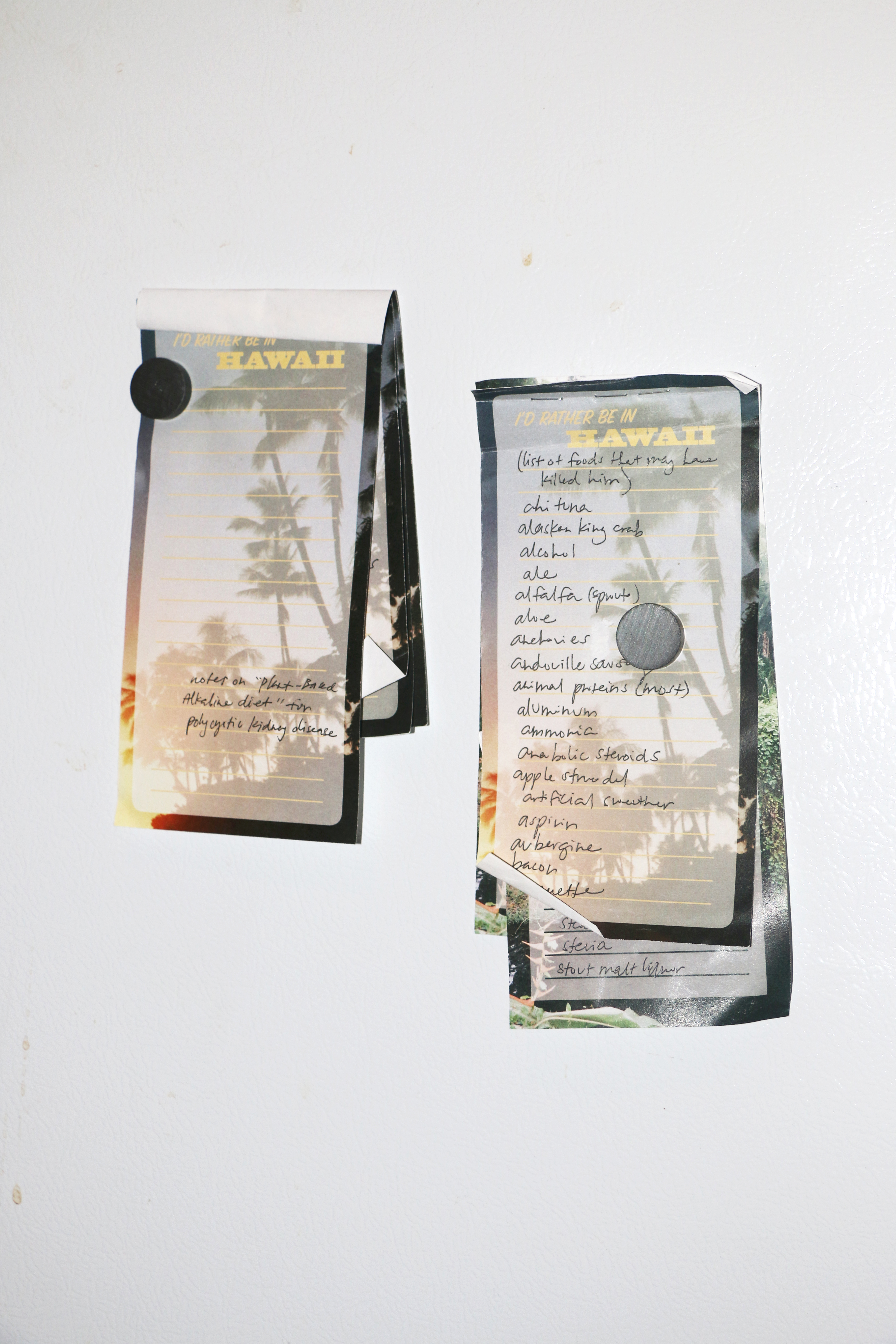
Jim Great Horseman That He Is
(series of 13 images) found photographs, scanner bed
2018
My practice often begins and ends with text— letters, miscellaneous documents, and stories, often written or collected by family members— ephemera that holds the potential for both preservation and the construction of new narratives. In this body of work, I reflect on specifics of a Japanese-American experience in my birthplace of Honolulu, Hawaii, adjacent to broader Asian-American diasporas within the United States. This work interrogates the social, historical, and personal possibilities of archives as both physical and conceptual frameworks for preservation and presentation, and as a system of orienting materials around one another to extract meaning from a finite visual vocabulary.
Engaging with analog mediums such as found photographs and documents, and the overhead projector, I consider how physical images and image making processes can resist a culture of the accelerated circulation of images. By collecting and re-framing found images, namely family photographs, I consider what it means to encounter information about ancestors the same way you would strangers, questioning how found material can be repurposed to create original documents for untold narratives and invisible labours. Through these gestures, I create artefacts to validate my own cultural identity and familial experiences, embracing the precarious and sometimes illegible boundaries between history, memory, and fiction.


